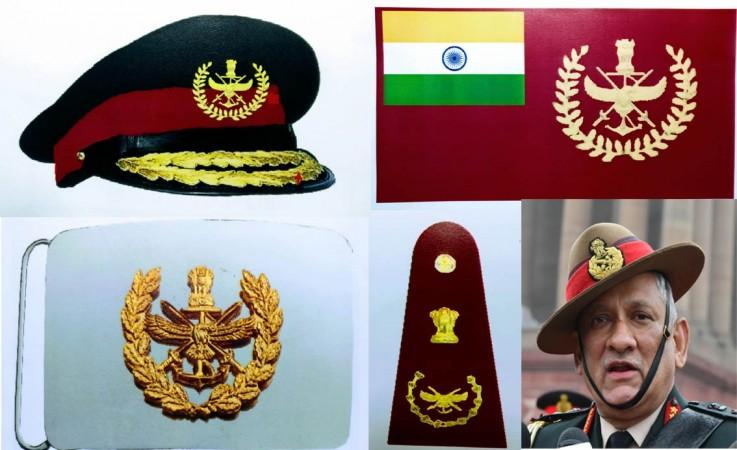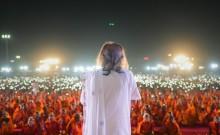The visuals of Army officers carrying the coffin wrapped in Tri-colour containing the mortal remains of Indian defence chief General Bipin Rawat have already made their way across the national platforms. On Friday, at 11 am, the bodies of General Rawat and wife Madhulika will be taken to their official residence, from whereon, at around 2 pm the bodies, will be escorted by military bands of all three services to the crematorium ground in Dhaula Kuan. The funeral, that is scheduled for 4pm, will take place with full military honours.

What is a funeral with full military honours?
The ceremonies performed by the military troops as a mark of respect for the departed member of the armed forces is what the process of military funeral entails. Full military honours, including the 17-gun salute is by default, accorded to Field Marshals of the Air Force, Admiral of the Seas and Chief of The Defence Staff.
What the law says on Flag being used at funerals
Prevention of Insults to National Honour Act, Section 3.58 says, "On occasions of State/Military/Central Paramilitary Forces funerals, the flag shall be draped over the bier or coffin with the saffron towards the head of the bier or coffin. The Flag shall not be lowered into the grave or burnt in the pyre."
Furthermore, Section 3.22 of The Flag Code of India, 2002 (which deals with laws, practices and conventions that apply to the display of the national flag), reads: "The Flag shall not be used as a drapery in any form whatsoever except in State/Military/Central Paramilitary Forces funerals hereinafter provided."

What is a state funeral and when are they held?
Technically speaking, the flag can only be used when a funeral has been accorded the status of a state funeral. Apart from those in the police service or armed forces, state funerals are held in the case of people who have held public office of President, Vice-President, Cabinet Ministers, Chief Ministers and the Prime Minister. The honour of a state funeral is accorded by the state government.
During a state funeral, a national day of mourning can also be officially declared. The national flag is flown at half-mast as allowed under the rules laid by Flag Code of India. A decision like this is at the discretion of the President of India, who can also declare a public holiday and decide the period for which the flag is to be flown at half-mast.
In 2017, Marshal of the Air Force Arjan Singh, was cremated in accordance to a state funeral with a 17-gun salute. India's oldest serving military officer, who died of cardiac arrest at the age of 98, was also given the honour of flags at half-mast at all government buildings in Delhi.
The debate over military funerals
The honour of a military funeral is not just prestigious but a privilege not accorded to many in the armed services. The current rules of the Armed Forces are such that ceremonial last rites can only be performed for soldiers who die in harness or for decorated veterans retiring as the chiefs and Army commanders.
Those in the Armed Forces have often expressed their displeasure over the rules that have taken away the possibility of honouring others with the permission of the Ministry.
Technically speaking, even a Param Vir Chakra awardee is officially not entitled to a funeral with military honours. The Army officers have often rued on social media, when the state and Central governments extend the honour to 'their preferred people,' and sometimes even retired gallantry awardees are left out.









